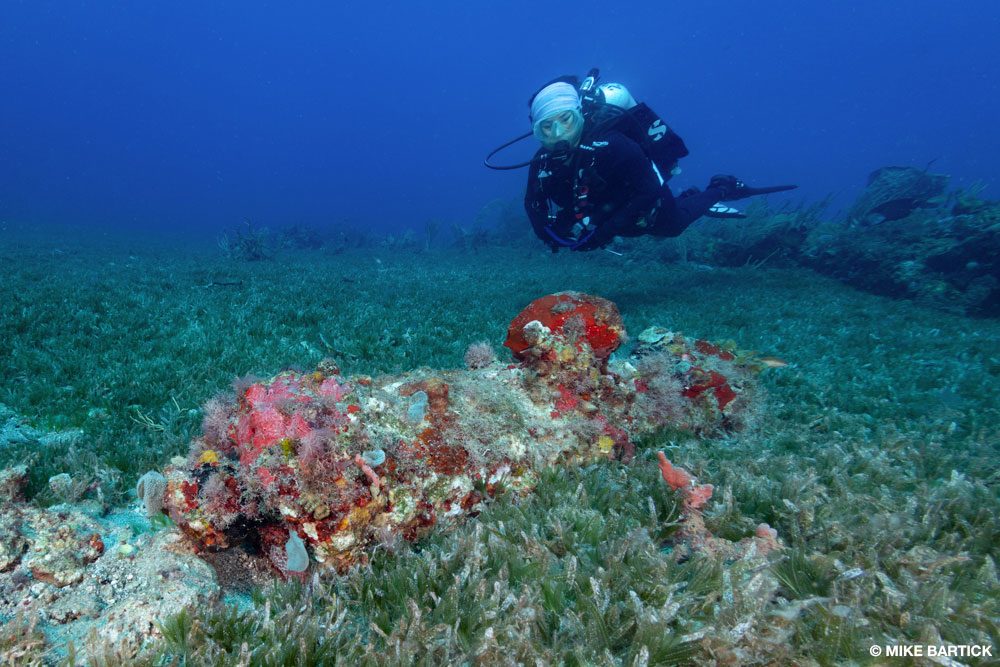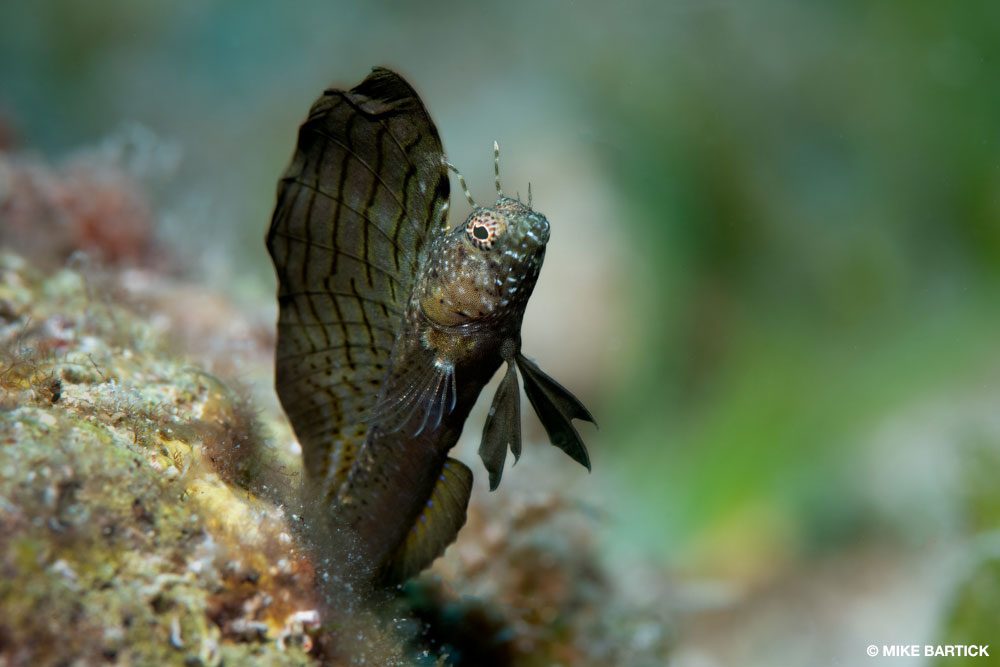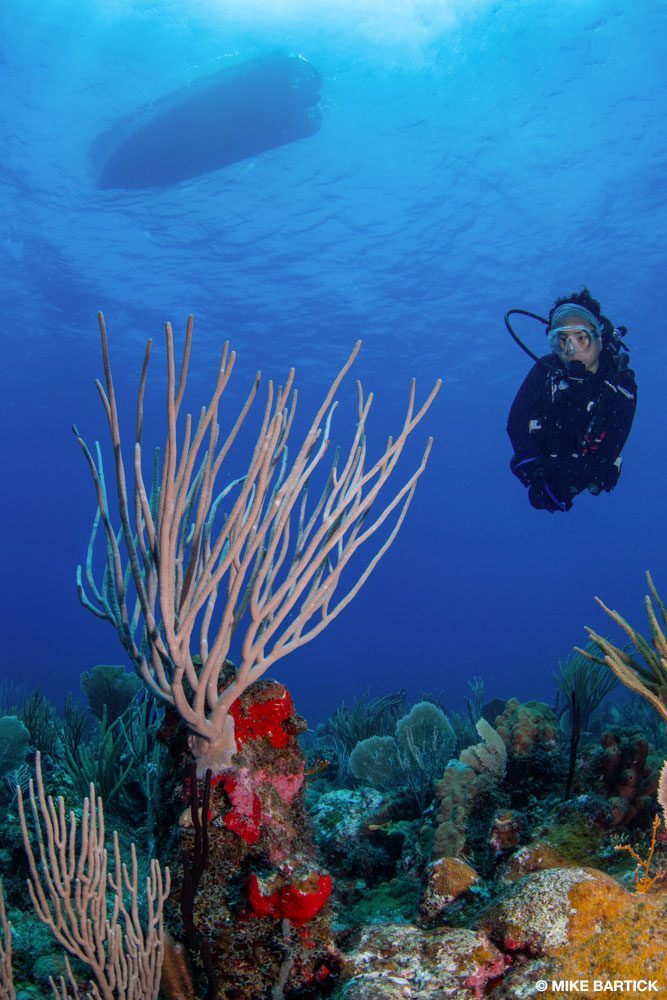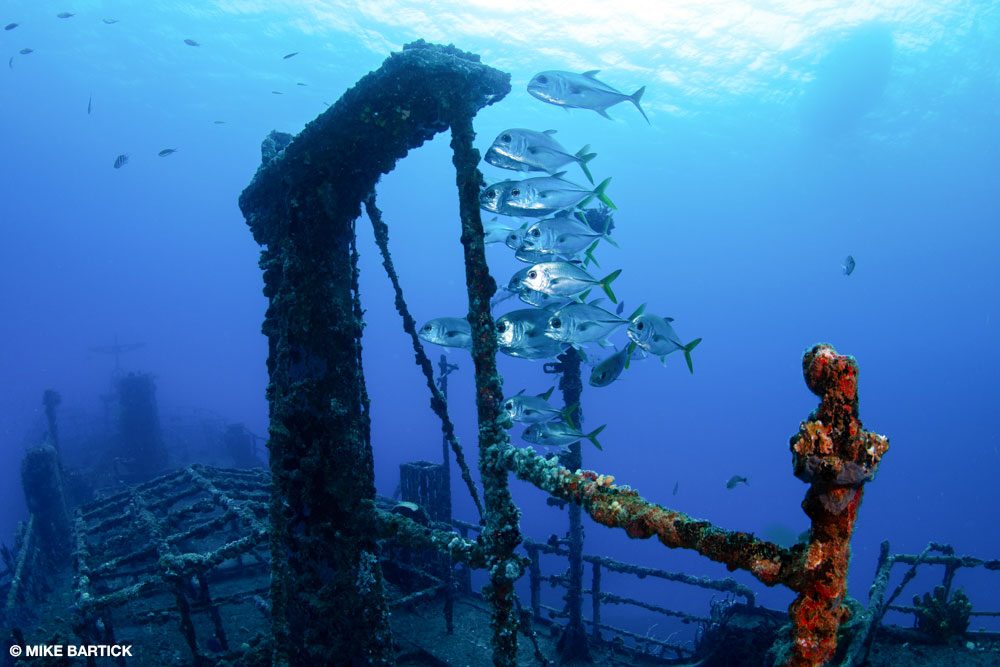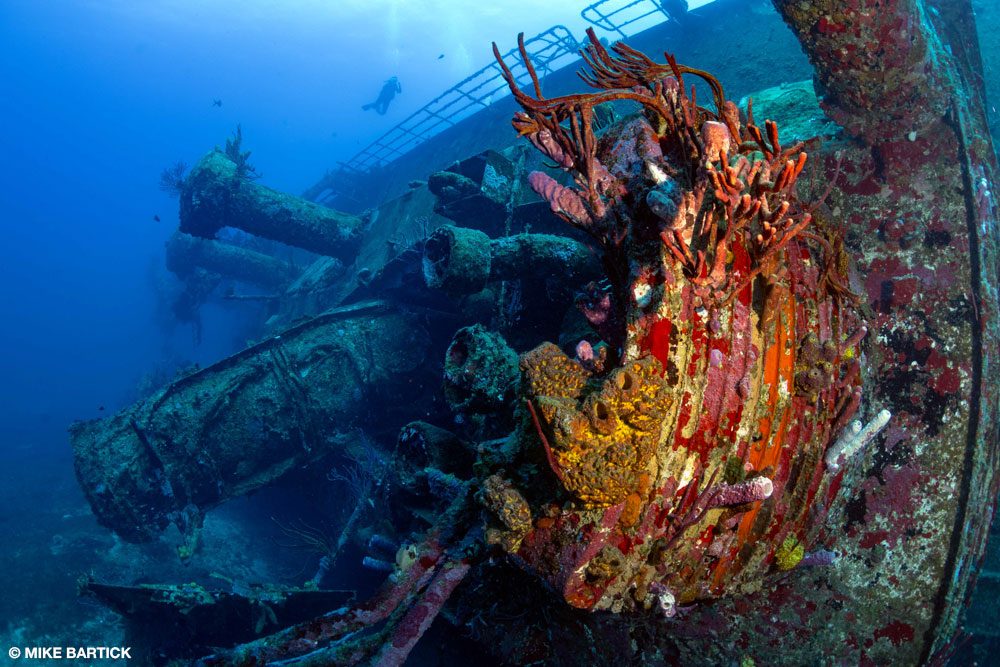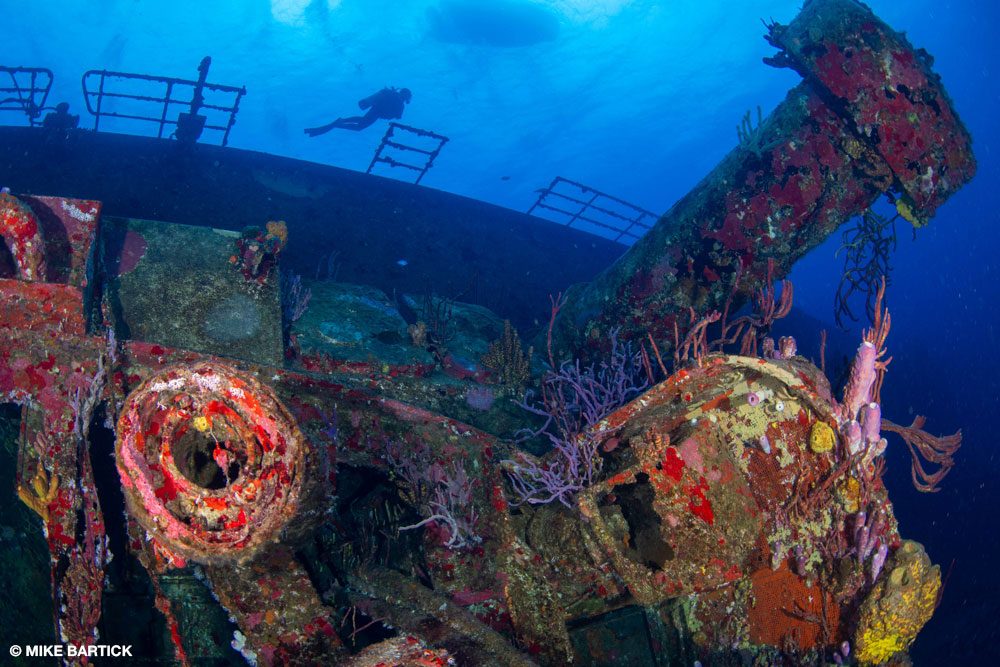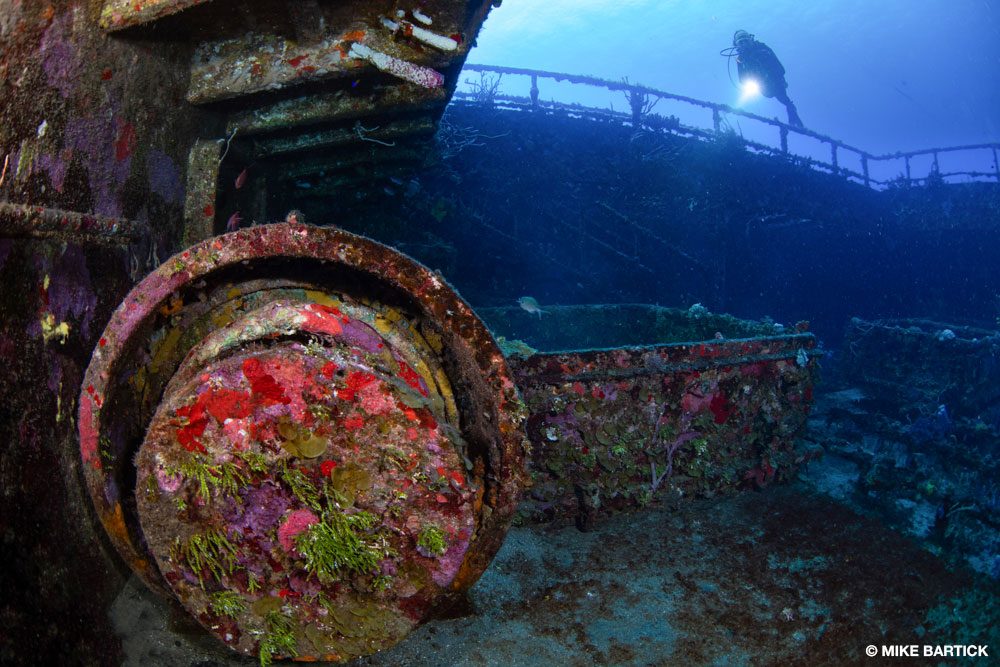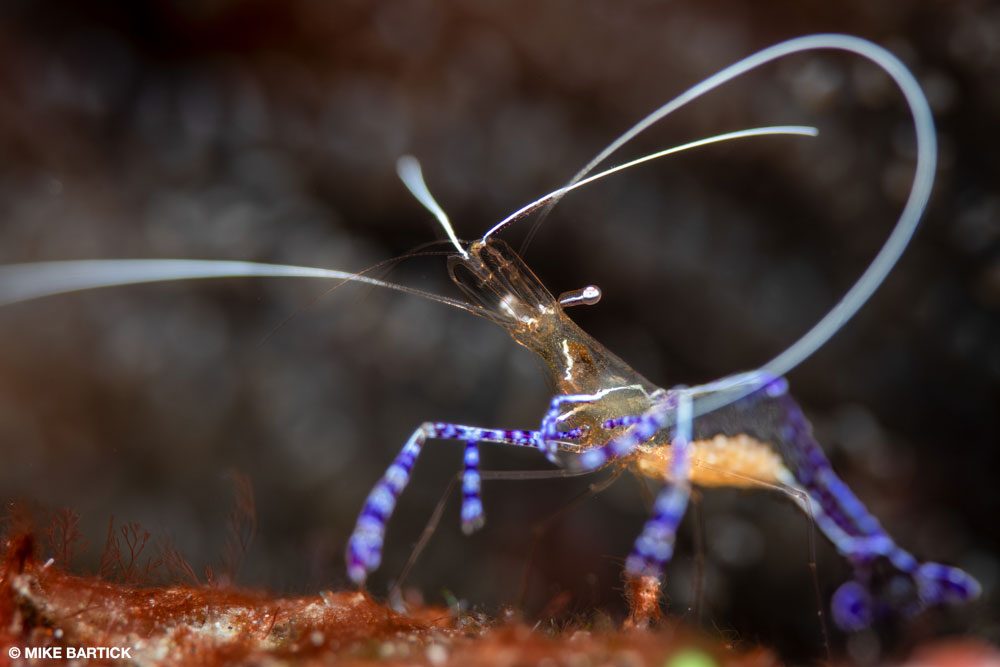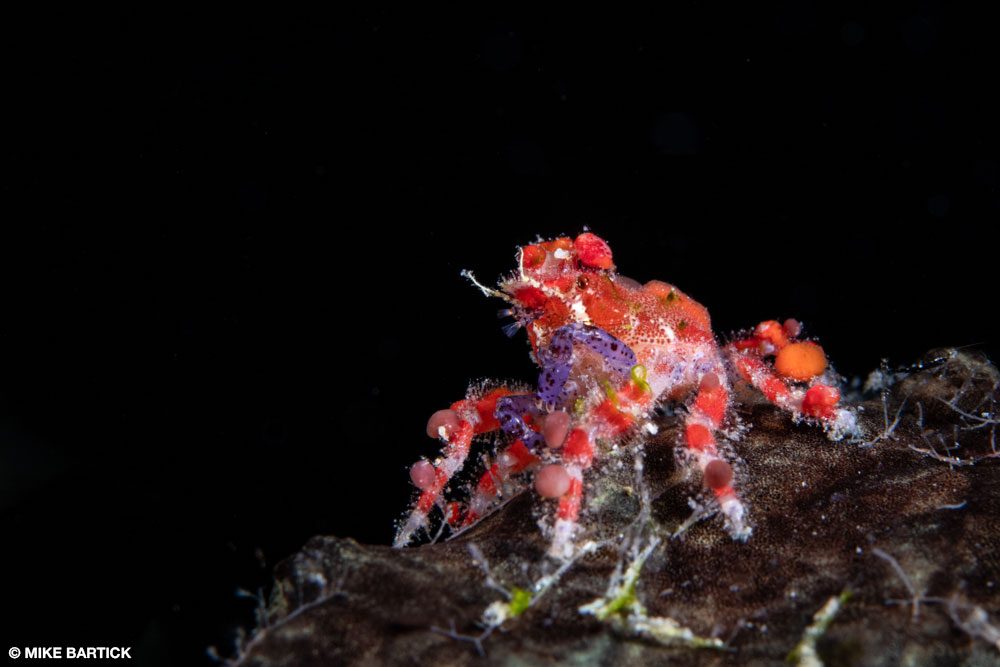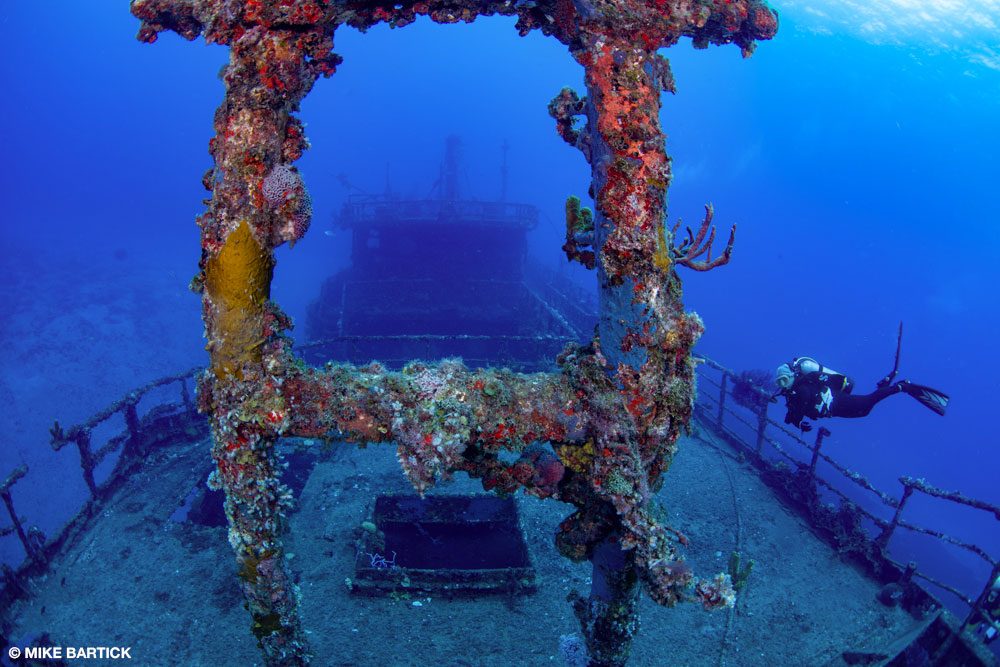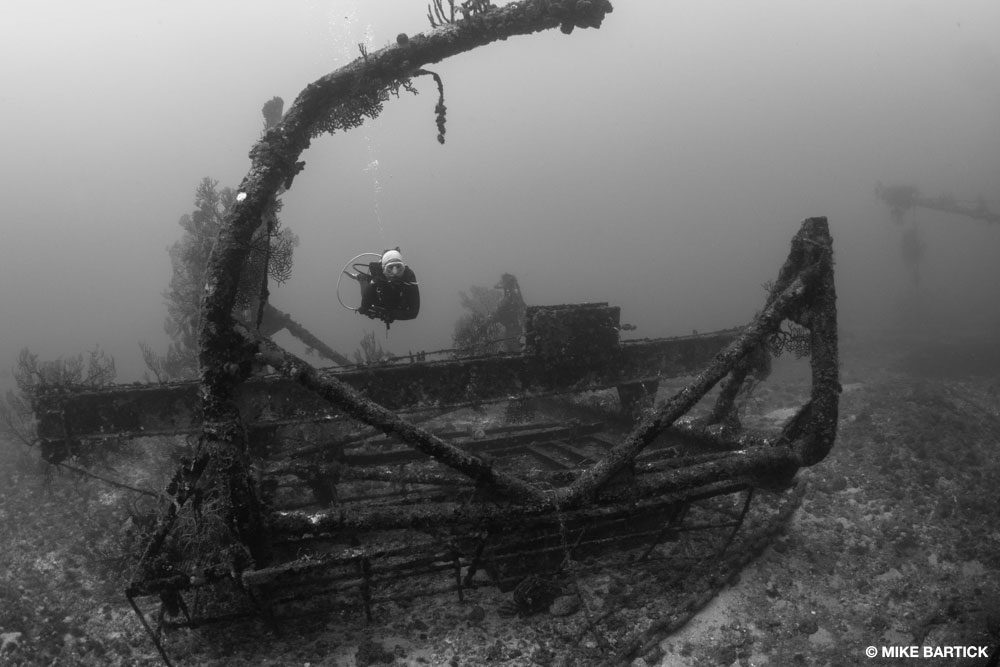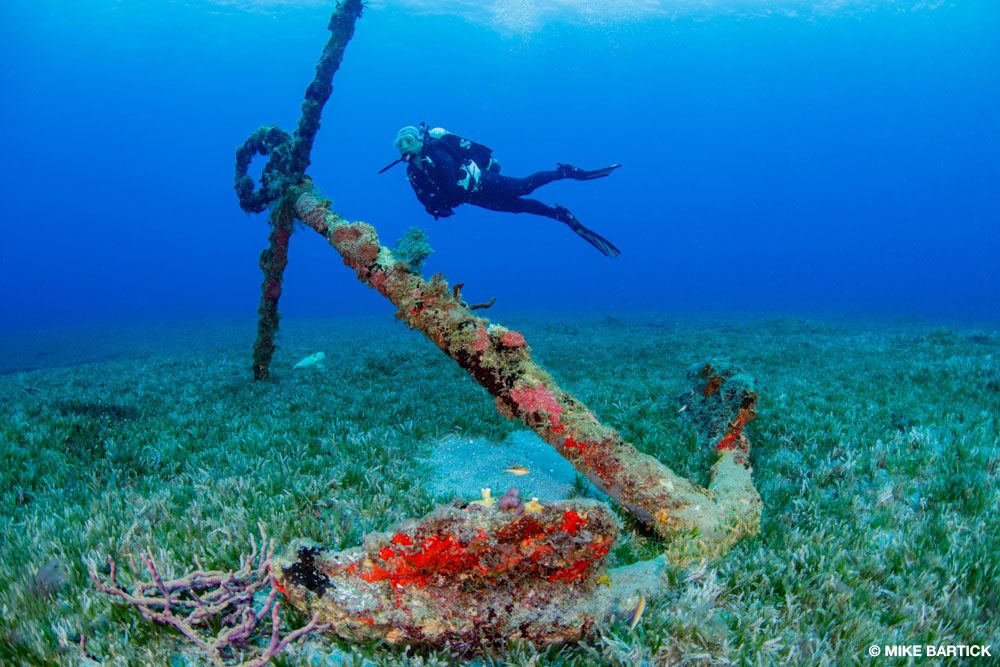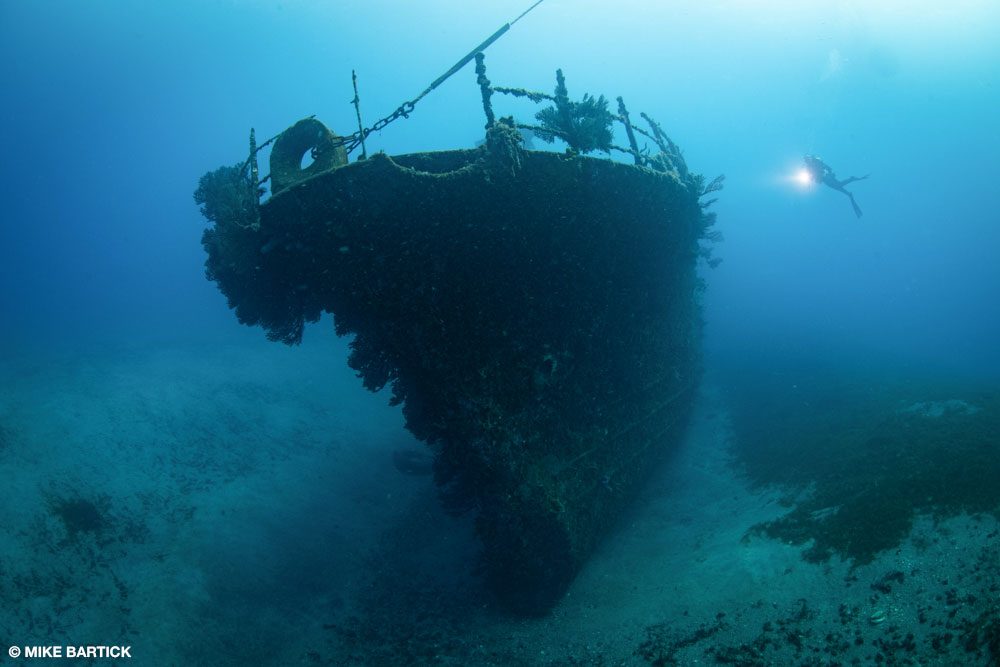Rolling Into History
WHEN I THINK OF PARADISE, it’s warm blue water, friendly people, and pristine, uncrowded dive sites. Such places are rare these days and are usually expensive to visit — or that’s what I thought until I learned about St. Eustatius, a tiny island in the Caribbean that is also known as Statia. Nestled between Saba and St. Kitts in the Dutch Caribbean, Statia is just a short flight from St. Maarten.
Through my pretrip research I learned that Statia has a rich but turbulent history. Indigenous people originally inhabited the island, and despite sightings by early explorers — possibly by Christopher Columbus in 1493 and a confirmed sighting by Sir Francis Drake in 1595 — Europeans did not land there until later. In 1629 the French built a small fort there but soon abandoned it.
When the Dutch arrived in 1636, they built Fort Oranje at the site of the former French fort on the upper cliff, dominating the island’s leeward side. Under the command of the Dutch West India Company (Geoctrooieerde Westindische Compagnie, or GWC), which utilized the tiny island’s strategic location, Statia became a hub of European activity. The Dutch operated it as a free port where merchants from all over Europe traded goods without customs duties. It became a major port for the transatlantic slave trade and had its own plantations that relied on the labor of enslaved Africans. The island became known by its nickname, Golden Rock — a name that still resonates today.
After our arrival, we met our smiling driver and made it to the sleepy port town of Oranjestad in minutes. Despite their refurbishment, both our hotel and the dive shop are reminiscent of the history I had learned. The colonial, brick-facade structure resembles an 18th-century cotton gin building. It was quiet, had great food and excellent Wi-Fi, and the rooms were well-appointed. The hotel grounds also included a lovely beachfront dining and lounge area. The hotel and the dive shop are in Lower Town, which is built along the volcanic black-sand beaches of Oranjestad Bay.
During our first dive at Anchor Point, I realized that rolling into history wasn’t just a metaphor, as artifacts dating to the era of my research came into plain view on the substrate below. As we explored, my mind drifted, admiring the past alongside the present. The seabed here is variegated. Reefs push up like a network of small cays surrounded by sand and seagrass. Healthy sea fans, sea plumes, gorgonians, sea rods, and other soft corals top the reefs along with barrel sponges, all thriving in the gentle prevailing current. Many reef systems here are reminiscent of overturned vessels, with a heavy sprinkling of sponges and other colorful growth and lobsters tucked into nearly every crevice.
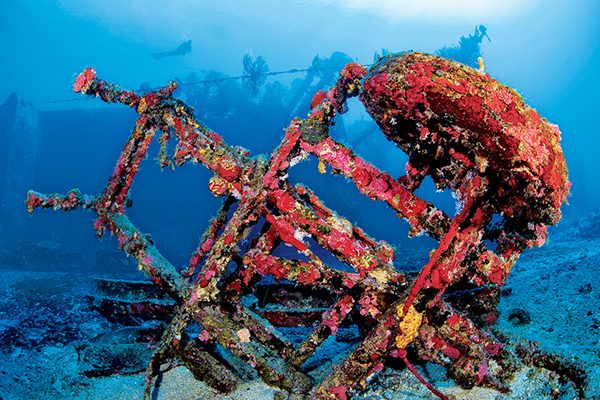
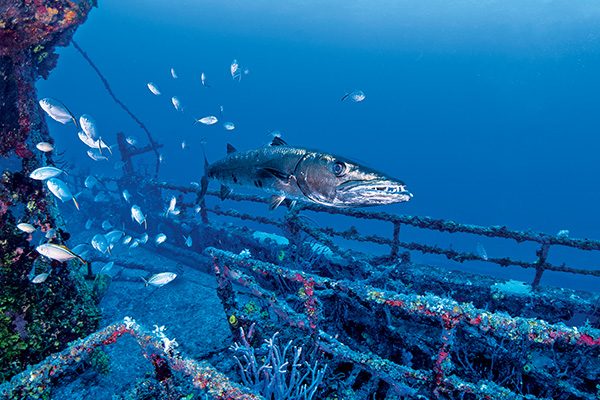
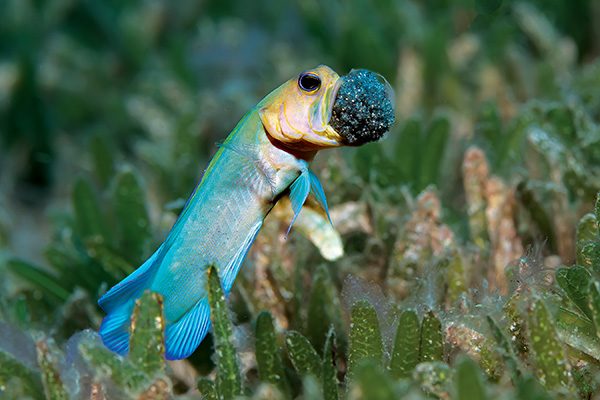




Over the next few days we visited both ends of the island and many of the dive sites in between, where we could see the power of nature hard at work. Grand Canyon lies in one of the island’s closely managed dive parks in the northeastern portion. This site’s name comes from its lava tubes formed by the now dormant Quill volcano. Deep ridges finger off and drop into the deeper water, while the blocklike reef structures at The Blocks and Hangover are evidence of the volcano’s active past. We see pinnacles in the island’s southern portion at The Aquarium. Most dive sites are about seven minutes from the port, making it easy to do multiple dives each day.
The St. Eustatius National Parks Foundation (STENAPA) manages much of the island, including Quill National Park, Boven National Park, St. Eustatius National Marine Park, and the Miriam C. Schmidt Botanical Garden. In 1996 the St. Eustatius government established the marine park, within which are two reserves where fishing and anchoring are banned. The bold decision was not well accepted at first, but over time harmony between the fishing and dive communities evolved, and the marine life here has thrived. The regulations also protect the artifacts surrounding Statia, preserving part of its heritage for future generations.
Statia also has two fantastic wrecks that are easy to access from the port: the Chien Tong and the Charles L. Brown. The Chien Tong was a Taiwanese fishing vessel that faltered into the harbor late one night, abandoned and damaged beyond repair. STENAPA took possession of the 170-foot (52 meters) ship in 2004 and converted it into a dive site. Because of its upright orientation, the wreck is easy to navigate, day or night. The lower deck section was one of my favorite places to explore, with the machinery’s hard angles and human-made shapes juxtaposed against the beauty of nature. The ship is in excellent condition and offers a safe wreck-diving experience at a recreational depth of 80 feet (24 meters).
“During our first dive at Anchor Point, I realized that rolling into history wasn’t just a metaphor, as artifacts dating to the era of my research came into plain view on the substrate below.”
There is a slight current, and the Chien Tong teems with scad, jackfish, reef sharks, trevallies, great barracudas, and turtles. Colorful sponges and corals adorn the structure. The wreck transforms into a surprisingly great macro dive at night, with multiple sleeping turtles nestled in their favorite hiding places. The Chien Tong is a successful testament to the progressive actions of STENAPA and the local community. This artificial reef is an exhilarating dive worth repeating several times during your visit.
The forward-thinking conservation efforts of park management are also evident with the Charles L. Brown wreck. It is one of the Caribbean’s largest wrecks and certainly the largest I have ever dived. Originally commissioned as the CS Selernum,the ship saw continuous use from its construction in Naples, Italy, in 1954 until 2002. The “Charlie Brown” traversed the planet repeatedly, laying and servicing thousands of miles of telecommunication cables for AT&T. At the end of its topside service, Statia purchased the vessel for only a dollar. The Statia community cleaned the vessel of contaminants and scuttled it in 2003 to become an artificial reef.
The impressive 320-foot (97,5 meters) wreck is in great shape and fun to dive. The bow’s port side and a portion of the superstructure quickly come into view as you descend. The top of the wreck is only 65 to 70 feet (20 to 21 meters) deep and bottoms out around 100 feet (30,5 meters), which makes it one of our deepest dives in Statia. The ship lies on its starboard side with an interesting debris field scattered in the sand below it. A diver on our boat who is a frequent visitor to Statia commented on how much the ship has crumbled, but with our fresh perspective we saw a beautifully preserved wreck covered with natural growth, color, and life. It is possible to penetrate the ship, but we chose to spend our time exploring the vast exterior.
The debris field near the bow’s mooring line immediately grabbed my attention. The disjointed crane assembly used to deploy cable rests upside down in the sand with its beams reaching upward and the cable reel still intact on the ship above. From the forward debris field you can see the upper deck and superstructure, open hatches, walkways, and part of the winch towers, which are now deformed and bending downward. The wreck is brimming with fascinating finds all along the 30-foot (9 meters) mini wall that the deck has become.
After exploring the reefs and wrecks each morning, we reserved the afternoons to hunt for critters. The divemasters were enthusiastic about critter hunting, and minutes after dropping down to a sandy patch near one of the reefs, our keen-eyed guide pointed to something in the sand. I saw the rapid, unmistakable undulations of a signal blenny. These alluring, over-caffeinated creatures are easily spooked, so I waited for it to do its dance. Jawfish repeatedly leaped into the water column nearby, and my guide soon signaled me from afar that she had spotted one with eggs.
“On our final night I joined an exploratory blackwater dive.
We eagerly assembled our downline in the afternoon, charged our lights, and planned the location for our adventure.”
We visited sand flats, seagrass beds, and pinnacles during our hunt, which included a night dive on the Chien Tong. We were treated to a great variety of subjects, including a longlure frogfish, lovely decorator crabs, interesting cleaner shrimp, and nudibranchs. The dive operator’s no-limit bottom-time policy allowed us to concentrate on searching for critters and spend time observing them.
Before an afternoon macro dive, our briefing outlined the possibility of something extraordinary finding us. Blue beads are special items tied to Statia’s history. Produced from hand-spun glass in the Netherlands and Venice in the 1600s, these five-sided, deep-blue beads were used to pay and reward enslaved laborers, who would barter with them or collect enough to fit around a woman’s waist so they could marry. Larger beads represented a higher rank among the enslaved people. As legend has it, when King Willem III abolished slavery in the Dutch Antilles on July 1, 1863, enslaved people threw their beads into the ocean as a sign of freedom and solidarity. Our guide explained that some people believe the beads have a way of finding certain people, destining them to keep returning to Statia.
On our final night I joined an exploratory blackwater dive. We eagerly assembled our downline in the afternoon, charged our lights, and planned the location for our adventure. Blackwater diving is relatively new to the Caribbean and a great way to reveal a side of marine life not normally encountered on a typical night dive.
Our group set off well after sundown. After discussing some safety protocols, we soaked our downline, and everyone jumped in. We chose to dive closer to the island’s northeastern end and rely on the current to push us back toward town. We were treated to large salp chains with male argonauts sheltering within, larval fish, ocean-going crustaceans, and other gelatinous creatures. After the dive, we all compared notes, took a group shot, and wound down from the fantastic week of diving.
England, France, and the Netherlands exchanged colonial claims of Statia more than 20 times before the Dutch finally established control in 1816 and created a special municipality that remains today. An old trail behind our hotel that dates to when enslavement was still practiced led us up a steep incline to Oranjestad’s Upper Town. Some of the early inhabitants’ original dwellings are still there, along with walkways, other interesting ruins, and the Dutch fort. The cannon garrisons are still lined up along the wall with a sweeping view of the bay and the stunning blue Caribbean Sea. Looking out, you can’t help but imagine a bustling port below with more than 400 ships at anchor.
I reflected on our brief visit to Statia, its community, and its past, knowing that our time on the Golden Rock ended far too quickly. As I stood there, I vowed to return and pick up where we left off, rolling back into history once again. AD
Explore More
Learn more about diving at St. Eustatius at statia-tourism.com/enjoy-fully/diving/, and see more about what you’ll discover there in the photo gallery and video below.
© Alert Diver — Q4 2023
